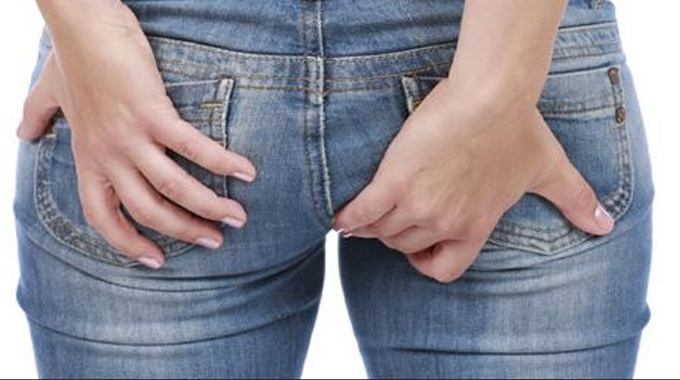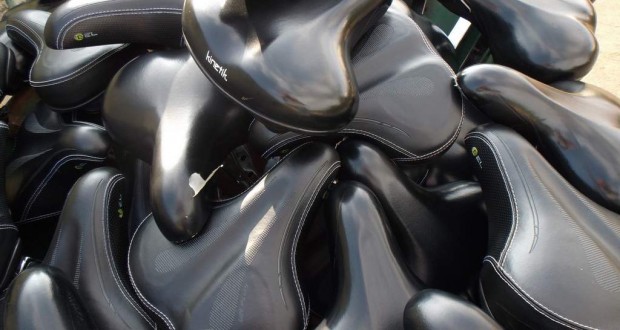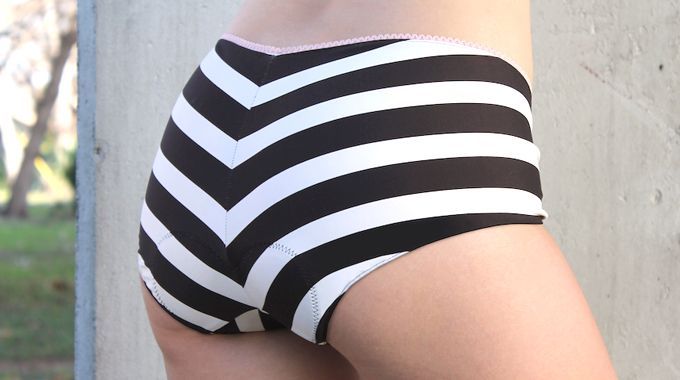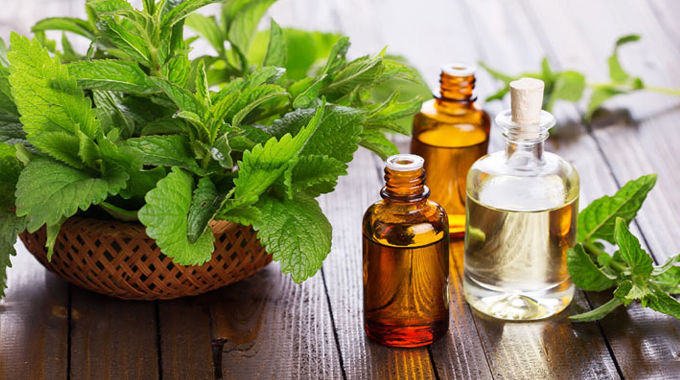As much as we love getting out on our bikes and logging the miles,we definitely do not love some of the more uncomfortable truths that surround cycling. When it comes to riding your bike though, you have to take the good with the bad, sores, warts and all…
Saddle sores are more common than you may think, and why is this? Because not all cyclists will talk about them. Both men and women suffer from them in equal measures, but just like any other cycling related ailment, everyone can suffer differently.

Fear not. We’re here to hold your hand – or your bum – and waddle you through saddle sores. Everything from what they are, how you can prevent them, to the best ways to treat them.





